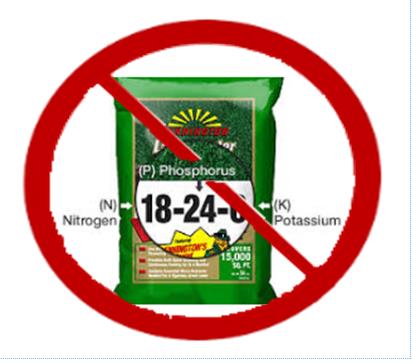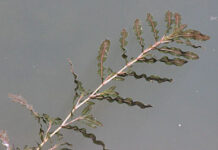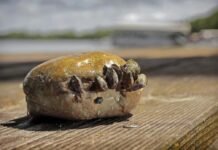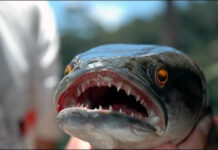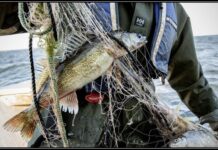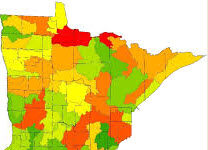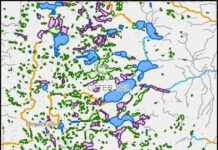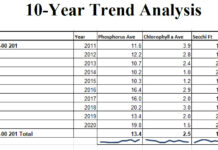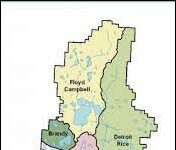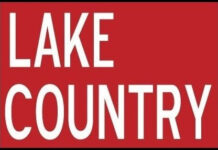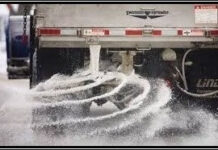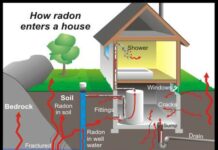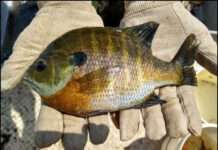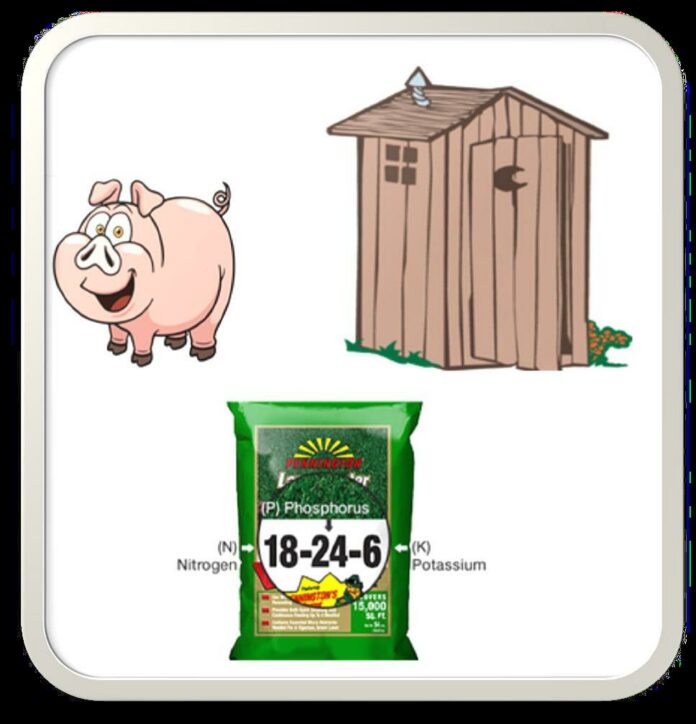Why Does Our Lake Continue To Get More Weeds?
OTC COLA recently published a Water Quality Analysis Ranking Report of 96 participating lakes in Otter Tail County. The analysis included testing results for phosphorus, chlorophyll a and secchi readings as well as for calcium. Phosphorus, chlorophyll a and secchi readings contribute to the Trophic State Index, a classification of nutrition or vegetative growth potential. The calcium tests are considered to be an indication of supporting zebra mussel infestation.
Lake property owners and Lake Associations often complain of the proliferation of plants and weeds in lakes. Though the health of a lake is not necessarily determined by its amount of vegetation, too much vegetation is often viewed as undesirable for swimming and water sports.
The elephant in the room appears to be the amount of phosphorus in the water. The Trophic State Index components of chlorophyll a reading and secchi disk measurement are directly connected to hosphorus. Phosphorus feeds the growth of algae, which in turn produces chlorophyll, which in turn will cause shallower secchi disk readings. Also, of the three components of the Trophic State Index the best candidate for being “controllable” is phosphorus.
The Minnesota Pollution Control Agency says it this way:
“Phosphorus is a common element in agricultural fertilizers, manure, and organic wastes in sewage and industrial discharges. Excess phosphorus in lakes, rivers, and streams causes algae to grow. Algae-covered water is less attractive for fishing and swimming – highly valued pastimes in Minnesota and uses that are protected under the federal Clean Water Act. In addition, phosphorus can fuel toxic blue-green algal blooms, which are harmful to people and pets.”
https://www.pca.state.mn.us/water/phosphorus
Lake property owners and Lake Associations often lament; “What can we do to clean up our lake?” It appears that a significant area of investigation is how the amount of phosphorus going into the lakes can be controlled.
Phosphorus finding its way to lakes comes from primarily three sources: animal waste, human waste and fertilizers. Progress regulating runoff from feed lots and farm crop fertilizers has been made due to enhanced and effective regulations on commercial entities. Regulations affecting human waste from lake properties are also being addressed but aggressive progress is hampered by more slowly implemented compliance measures imposed on lake property owners. The remaining controllable and least complied with source is fertilizer used on lake shore lawns that contain phosphorus.
What can you do? If you aren’t doing so already only use zero-phosphorus lawn fertilizer on lake properties. It’s already a law in Minnesota to not use fertilizers containing phosphorus on lawns, with only limited exceptions. In much of Otter Tail County, soils are naturally high in phosphorus so lawns don’t need extra phosphorus. When shopping for fertilizer, buy a brand that has a middle number of zero i.e. 22-0-15. The Minnesota law does not prohibit retailers from selling phosphorus fertilizers, and even though most retailers are carrying more zero phosphorus fertilizers, it’s up to you to make sure you comply with the law.
